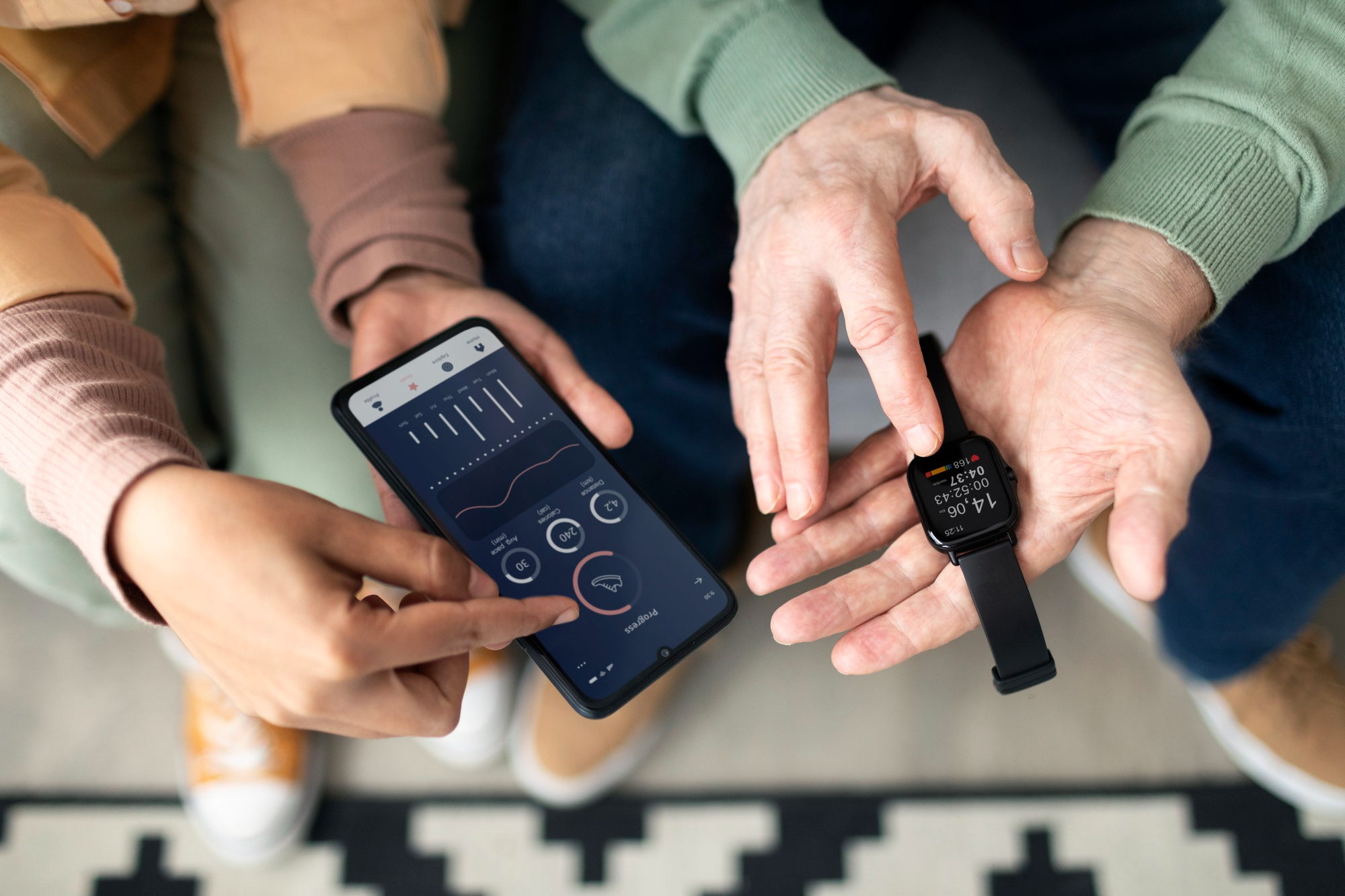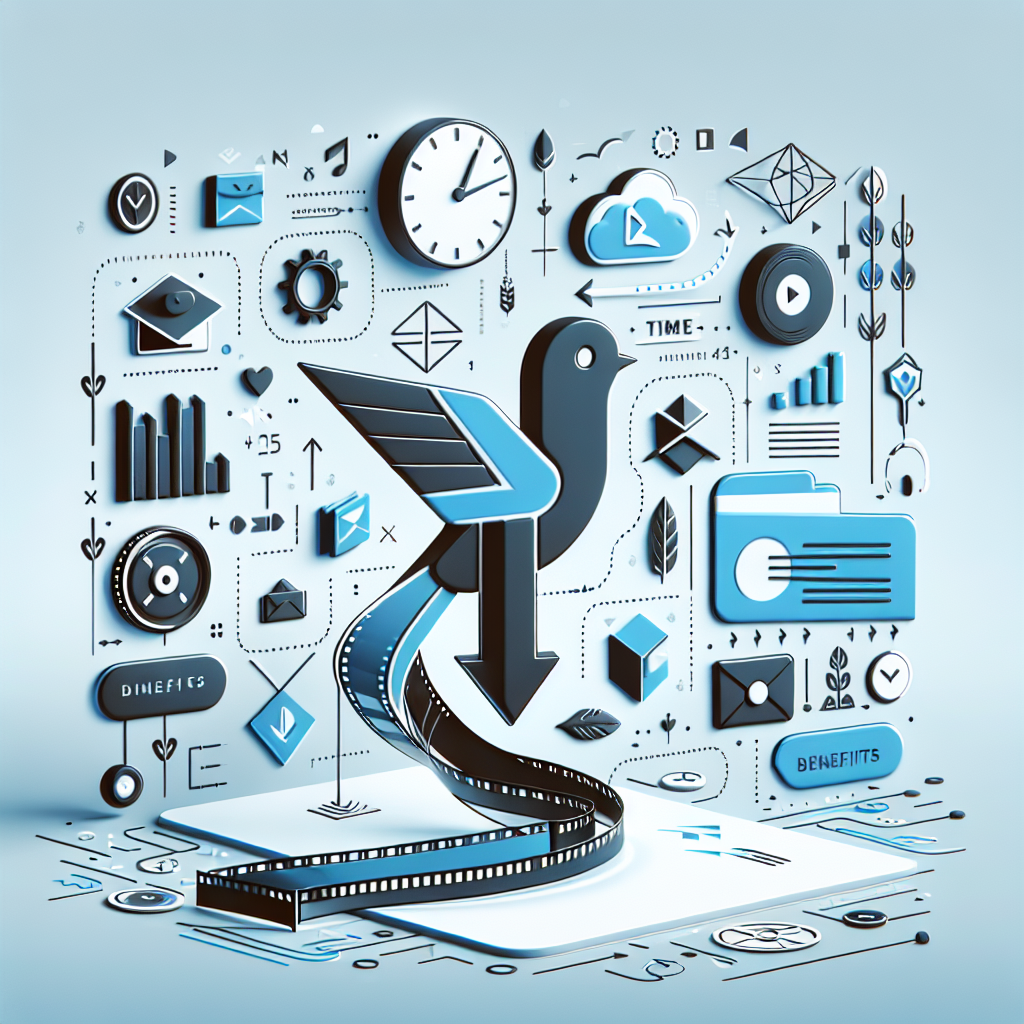Artificial Intelligence (AI) has been a game-changer in numerous fields, and sports is no exception. From helping athletes fine-tune their training programs to providing teams with insights that drive tactical decisions, AI’s role in sports performance analytics has expanded rapidly. This article explores how AI is transforming the sports landscape, improving athlete performance, enhancing game strategies, and even shaping fan experiences.
The Integration of AI in Sports
The integration of AI into the world of sports has brought a more scientific and data-driven approach to analyzing performance and decision-making. Traditionally, coaches and analysts depended heavily on their own intuition, past experiences, and basic statistics such as win/loss ratios or player scores.
These methods, while effective to a degree, often lacked precision and a deeper understanding of the data available. With the advent of AI, the sports industry has seen a dramatic shift towards more objective and precise analysis. AI systems process enormous amounts of data from various sources, including player statistics, game footage, and even biometric information. This level of analysis was once beyond human capability, but now, AI can deliver critical insights in a fraction of the time, supporting coaches and athletes with data-backed recommendations.
How AI is Revolutionizing Sports Performance Analytics
AI is revolutionizing sports performance analytics in various ways, reshaping the way athletes and teams prepare, play, and improve. First and foremost, AI can process and interpret performance data at speeds and levels of accuracy that human analysts simply cannot match. Machine learning algorithms can sift through vast datasets, from player statistics to in-game movements, to identify critical insights that drive decision-making. For example, in soccer, AI can track every player’s position, speed, and stamina throughout a game. This data is then used to evaluate both team and individual performance, highlighting areas for improvement and suggesting changes in tactics. Additionally, AI enables real-time performance analysis, allowing coaches to make quick adjustments during a game or practice session, enhancing their ability to respond to on-field developments effectively.
AI also plays a significant role in predicting future performance trends and outcomes. By analyzing historical data, AI can forecast everything from game results to an athlete’s career trajectory. For instance, AI-driven models can predict how a basketball player will perform based on previous games, training data, and even external factors like travel or rest days. This predictive ability is especially valuable in managing player fatigue, preventing injuries, and planning for upcoming matches. Teams can now make more informed decisions regarding player rotations, training intensity, and tactical adjustments, ultimately leading to better outcomes on the field. The revolution brought by AI in sports performance analytics ensures that teams stay competitive by giving them an edge over those relying solely on traditional methods.
The Evolution of Sports Analytics
Early Use of Data in Sports
Sports analytics have long been a part of the game, but the way data has been used has evolved significantly. In the early days of sports, teams and coaches primarily focused on simple, easy-to-calculate statistics. These metrics were usually related to basic performance indicators like the number of goals scored, win/loss records, or shooting percentages. Coaches would often rely on their own experiences and gut instincts to make decisions, using these raw statistics to back up their choices. For example, a football coach might make a substitution based on a player’s overall goals scored during a season, without factoring in the player’s current form or fitness.
Traditional Methods vs. AI-driven Analytics
Traditional sports analytics methods, while useful in the past, are limited in scope compared to AI-driven analytics. One key difference is the scale of data that AI can handle. In the past, analysts were restricted to reviewing statistics and video footage manually, often focusing on specific key moments of a game or particular players. The process was time-consuming and prone to human error, especially when analyzing multiple games or seasons. AI-driven analytics, on the other hand, can analyze entire games, seasons, or even decades of performance data in real-time. This not only speeds up the analysis process but also improves its accuracy.
Why the Shift Toward AI
The shift towards AI in sports analytics is largely driven by its ability to provide real-time insights and predictive analytics that traditional methods simply can’t match. As sports grow increasingly competitive, athletes and teams need every possible advantage to stay ahead of the competition. AI offers a way to harness the power of big data, analyzing everything from player biometrics to game strategy, and providing teams with insights that can change the course of a season.
There are several reasons for this shift:
- Efficiency: AI can process data faster and more accurately than human analysts, reducing the time between data collection and actionable insights.
- Personalization: AI allows for highly personalized training and recovery programs for athletes, helping them perform at their best while minimizing injury risks.
- Predictive Power: AI’s predictive models can forecast future trends in player performance, injury risk, and even game outcomes, providing teams with a competitive edge.
- Real-time Adjustments: Unlike traditional methods, AI provides the ability to make quick, data-driven decisions in the heat of a game, offering coaches real-time insights to optimize performance.
In short, AI offers the precision, speed, and scale needed to take sports performance analytics to the next level. Teams and athletes that leverage AI stand to gain a significant advantage over their competitors who rely solely on traditional analytics methods.
How AI is Used in Sports Performance
AI is revolutionizing sports performance in multiple dimensions, with applications ranging from athlete training to injury prevention. By using machine learning algorithms and vast amounts of data collected from various sources, AI helps athletes optimize their physical and mental performance. Below is a detailed breakdown of how AI enhances sports performance, particularly in training and injury prevention.
AI in Athlete Training and Development
AI has significantly impacted how athletes train by offering personalized training programs that cater to an individual athlete’s specific needs. These programs adapt in real-time based on the data collected from the athlete’s performance, allowing for precise adjustments to their regimen. AI systems track various metrics such as heart rate, exertion levels, and overall fatigue. By analyzing this data, AI can suggest changes to workout intensity, duration, or focus, ensuring that athletes train at optimal levels without risking overtraining or injury. This ability to offer real-time recommendations is a huge leap from traditional training methods, where adjustments were often based on intuition rather than concrete data.
In addition to physical performance, AI is now being used to monitor an athlete’s mental well-being. By tracking sleep patterns, stress levels, and recovery rates, AI helps athletes maintain a balanced lifestyle, which is crucial for peak performance. For instance, AI can identify when an athlete might be heading towards burnout and suggest adjustments like more rest or lighter training days. This holistic approach not only improves performance but also increases an athlete’s longevity in their sport, as they can avoid both physical injuries and mental fatigue.
Predictive Analysis for Injury Prevention
Injuries are one of the most significant challenges in sports, often derailing an athlete’s career or a team’s success. AI plays a crucial role in injury prevention by analyzing data from wearable devices and sensors that track an athlete’s movements. AI systems can identify patterns in the way an athlete moves, helping to detect early signs of injury risks. For example, by analyzing data such as gait or muscle fatigue, AI can flag abnormal movement patterns that might indicate a risk for injuries like sprains or muscle tears. This allows coaches and medical staff to intervene early, adjusting training or providing preventative treatment before a minor issue becomes a serious injury.
When injuries do occur, AI also enhances rehabilitation. AI-powered systems track an athlete’s recovery progress in detail, suggesting personalized recovery plans that adjust based on real-time data. These systems ensure that the athlete is recovering at a safe pace, reducing the risk of reinjury. For example, AI might adjust the intensity of rehab exercises depending on how well the injured muscle or joint is responding. This data-driven approach makes the rehabilitation process more efficient and tailored to individual needs, helping athletes return to competition faster and safer.
AI in Performance Data Collection
One of the most significant ways AI contributes to sports performance is through its ability to collect and analyze data from athletes during training and competition. The combination of wearable technology and AI has revolutionized how data is gathered, processed, and used to improve performance.
Wearable Technology and AI
Wearable devices, such as smartwatches, GPS trackers, and biometric sensors, have become common tools in the world of sports. These devices collect various types of performance data in real-time, such as speed, distance covered, heart rate, and even more advanced metrics like muscle fatigue or oxygen consumption. AI processes this data to provide actionable insights that coaches and athletes can use to improve performance. For example, AI can track an athlete’s heart rate during a training session and suggest when to increase or decrease intensity based on the athlete’s current physical state.
This real-time feedback helps athletes and coaches make immediate adjustments to training programs, enhancing performance without waiting for post-session reviews. AI’s capacity to analyze multiple variables simultaneously also allows for a more detailed understanding of how different factors, such as fatigue and recovery, affect overall performance.
Sensors and Wearables for Data Collection
The range of data that wearable devices can collect is vast. Smartwatches and heart rate monitors gather basic metrics like heart rate and distance, while more advanced sensors can measure things like muscle exertion or even hydration levels. GPS trackers record an athlete’s movements, offering insights into their speed, positioning, and overall strategy during a game. These devices continuously send data to AI systems, which analyze the information and provide real-time insights.
For example, during a marathon, AI can monitor how an athlete’s pace changes over time, recommending when to slow down to conserve energy or when to push harder. In team sports, GPS data helps coaches monitor player positioning and movements on the field, allowing for adjustments in tactics based on actual performance data. By integrating these devices into daily training, AI offers athletes and teams an unprecedented level of insight into performance and areas for improvement.
| Technology | Data Collected | AI Usage |
| Smartwatches | Heart rate, steps, calories burned | AI analyzes physical exertion to adjust workout intensity |
| GPS Trackers | Speed, distance, position | AI evaluates movement patterns and fatigue levels |
| Biometric Sensors | Muscle exertion, oxygen levels | AI identifies overtraining risks and suggests recovery |
| Motion Sensors | Gait, form, and technique | AI corrects inefficiencies in movement and posture |
Impact on Athlete Monitoring
The combination of wearable technology and AI has transformed athlete monitoring. Instead of relying on subjective measures of fatigue or performance, AI-driven systems provide objective data on an athlete’s condition at all times. This detailed monitoring allows coaches to make more informed decisions about training, game strategies, and even recovery programs. For example, a coach can monitor how an athlete’s speed and endurance vary during a season and make adjustments to their training regimen accordingly.
Athlete monitoring using AI also extends beyond the field. During rest and recovery, AI can track an athlete’s sleep patterns, hydration levels, and stress indicators, providing a more comprehensive picture of their overall health. These insights are invaluable for managing long-term athlete wellness, helping to balance peak performance with recovery, and reducing the risk of both physical and mental burnout.





